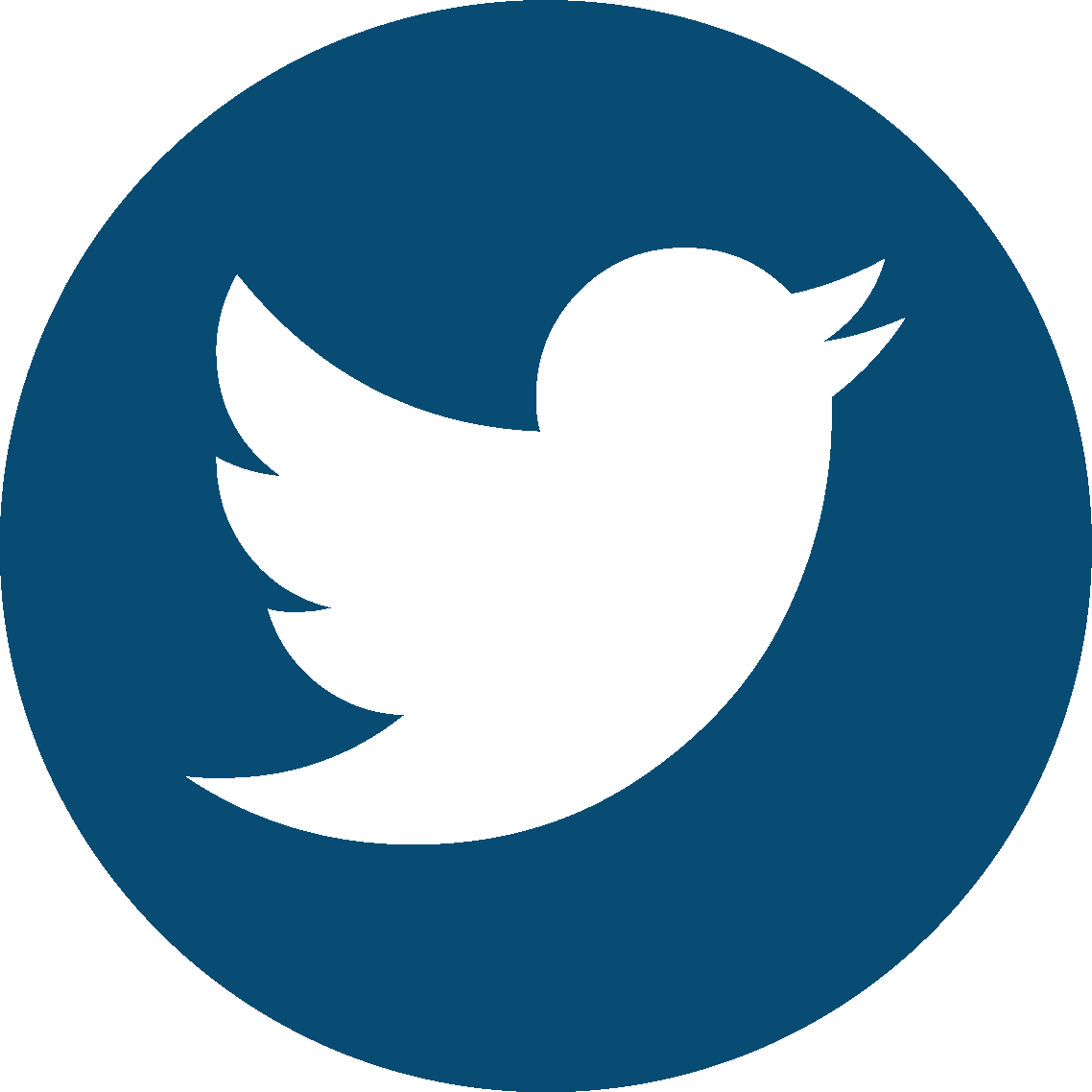Digital Ads That Stick And Drive Clicks
Over the last two decades, marketers have shifted from traditional channels to digital ones—but the long-term returns of TV, radio, and print have been difficult to replicate. According to Data2Decisions and DDB, common digital attribution techniques overestimate the business effects of search by a factor of two and underestimate the impact of TV by a factor of 10.
Now, that’s starting to change.
Maximizing digital advertising effectiveness
Each week, we break down another marketing concept so you can skip the hype and get directly to what works.
This summer, WARC published an article titled “The third age of effectiveness: Why digital advertising is finally becoming effective.” Instead of last-touch attribution, a more balanced approach is gaining ground. As are insights for setting up digital campaigns to drive lasting results.
Video is king.
In the words of Tom Roach, “Video is to brand-building what water is to life on earth.” Research by Analytic Partners underscores this, noting video content's enduring influence as being double that of non-video materials. When planning digital investments, streaming TV and digital video should be at the forefront, supported by social media.
Unfortunately, the numbers show marketers are behind in video. Digital ad expenditures, projected at a staggering $264 billion this year in the US, reveal video advertising constitutes less than a third of total digital ad spend.
Beware digital pitfalls.
According to Peter Field, digital advertising has negatively impacted the law of excess share of voice, which states a brand’s share of voice is correlated with its share of market.
This has happened for a few reasons... It’s harder to measure attention from digital platforms since the value of an impression varies widely across devices and users. Walled gardens like Facebook have also started guarding advertiser data, making attention harder to evaluate. And these platforms encourage performance above all else, which can work against brand-building.
Plus, ad fraud continues to loom large, necessitating vigilant monitoring of online spend and results.
Your creative matters... a lot.
Not all digital platforms are created equal. For instance, YouTube and Facebook allow for in-stream ads, but on TikTok, content is shared in a continuous stream. Tailor your creative approach to match the unique consumption patterns on each platform, ensuring your content is seen and remembered.
Digital creative should be optimized for mobile. TV commercials traditionally use a 16:9 aspect ratio, but on mobile, content is 9:16. This change improves consumption on a smaller, vertical screen. Creative should also rely heavily on visuals since it’s easy to mute ads as you scroll.
Finally, digital allows for everything from the color scheme to the offer to ad copy to be evaluated and enhanced based on real-time feedback. This iterative testing process not only fine-tunes your digital presence but can inform broader marketing strategies.
Boost effectiveness with traditional channels.
Finally, the relationship between traditional and digital channels remains mutually beneficial. Pairing these channels in your marketing mix can boost advertising’s impact.
In fact, the combination of TV and online video lifts ROI by roughly 35% on average, and the combination of TV and paid search lifts ROI by 25%.
Get your toughest marketing questions answered.
Introducing The Marketing Architects, a research-first podcast that helps marketers build revenue, not condos.
Join a team of experienced marketers as they discuss marketing accountability, category leadership, brand-building and much more.



